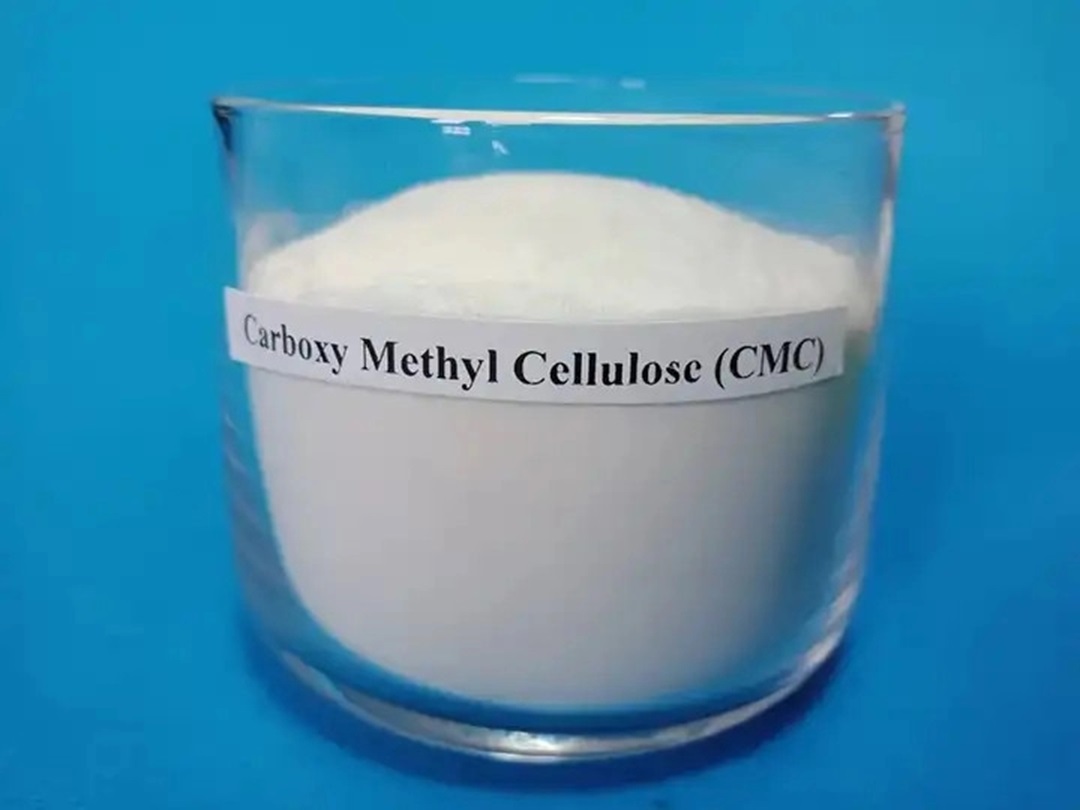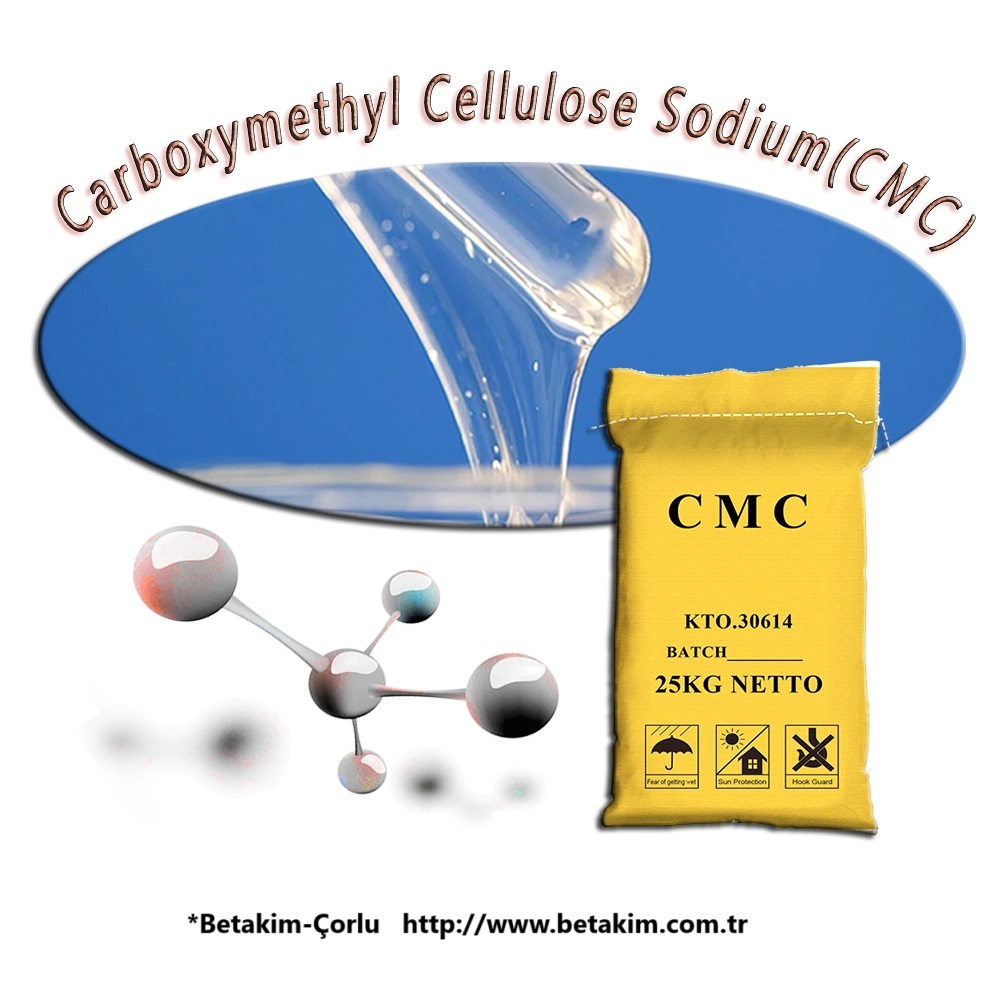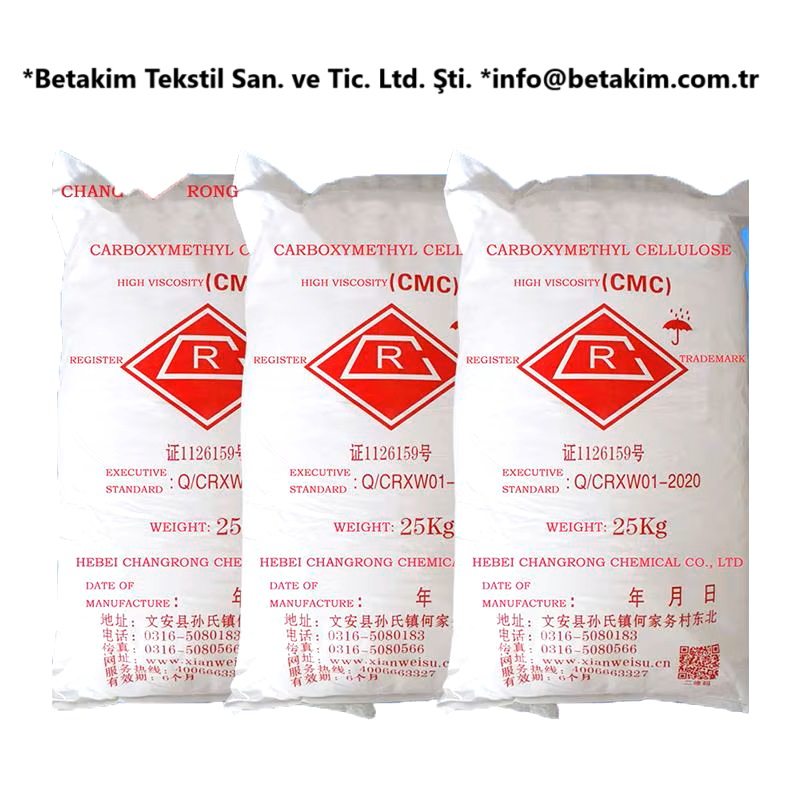We unleash your business potential by maximize the business innovation.
Send EmailE461, Carboxymethyl Cellulose, Sodium Croscarmellose, 9000-11-7, CMC
Molecular Formula (Carboxymethyl Cellulose (Sodium Croscarmellose)): C8H16O8
Molecular Weight: 240.21 g/mol
Chemical Name: Carboxymethyl Cellulose
CAS Number: 9000-11-7
It is prepared by reacting cellulose obtained from wood pulp and cotton fibers in sodium hydroxide solution. Croscarmellose Sodium is a product with an alkaline structure. It is a chemical substance with super dispersing properties.
It has important properties as an excipient in tablets. In such applications, it performs very fast capillary transport.
Cross-linked Carboxymethyl Cellulose Sodium (CMC) swells by absorbing much more than its own weight when it comes into contact with water. In this way, a rapid disintegration occurs in the tablet appearance.
Other Names:
Carboxymethyl Cellulose
CMC
Sodium Carboxymethyl Cellulose
9000-11-7
Croscarmellose Sodium
Glycolic Acid Cellulose Ether
Cellulose Glycolic Acid
Carmellose
Physical and Chemical Properties:
It is a powder product with a white or grayish color in physical appearance. It has no odor.
Its density is 0.48 g/cm³.
Its pH is between 5.0-7.0.
In terms of solubility, it is insoluble in acetone, anhydrous ethyl alcohol and toluene.
It is a compound with hydroscopic properties. However, it is a stable chemical.
It is not very compatible with hygroscopic excipients such as sorbitol.
Where are the Areas of Use of Carboxymethyl Cellulose?
It is a substance developed for tablet and capsule production to disperse tablets and capsules very well when they absorb water.
It is used in cleaning products to increase the viscosity of the products and to ensure that the components mix better with water.
Carboxymethyl Cellulose (Sodium Croscarmellose) has a rapid absorption ability within the tablet matrix due to its fibrous structure.
It is used as a binding agent in the production of coal briquettes.
It is used as an emulsifier in foods. In addition to being a binding agent, it also has a stabilizing effect on foods.
Croscarmellose Sodium is used in both direct compression and wet granulation tablet applications.
Sodium should be used in both wet granulation and dry stages to make the best use of Croscarmellose. It is used at a level of 5% to ensure good tablet disintegration. It is used up to 2% in direct compression processes.
It is an important excipient in the production of some pharmaceutical drugs because it increases bioavailability. The reason for this is that it helps the active substance to emerge by ensuring that the tablet disintegrates very well.
In the production of antifreeze used in airplanes, the thickening agent feature is used so that the substance sprayed on the airplanes does not easily flow off the surface.
It is used with Chitosan and Hyaluronic Acid to prevent tissue and organ adhesion after injuries or surgical operations. This product is biocompatible and has very high bioavailability.
Some thickening agents are required to produce chafing fuel used for starting a fire. CMC is among these thickening or gelling agents. Chafing fuel is thickened using CMC (Carboxy Methyl Cellulose).
CMC is used as a binding agent in the production of toothpaste.






